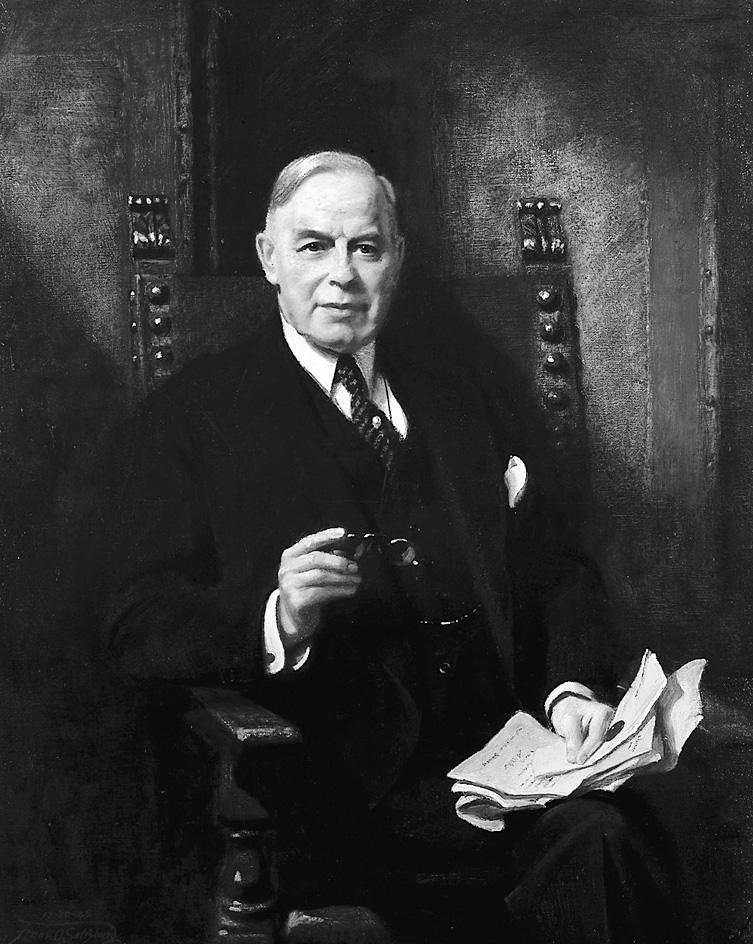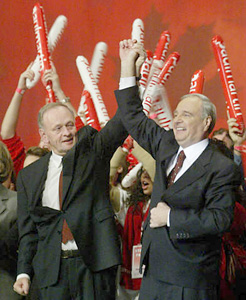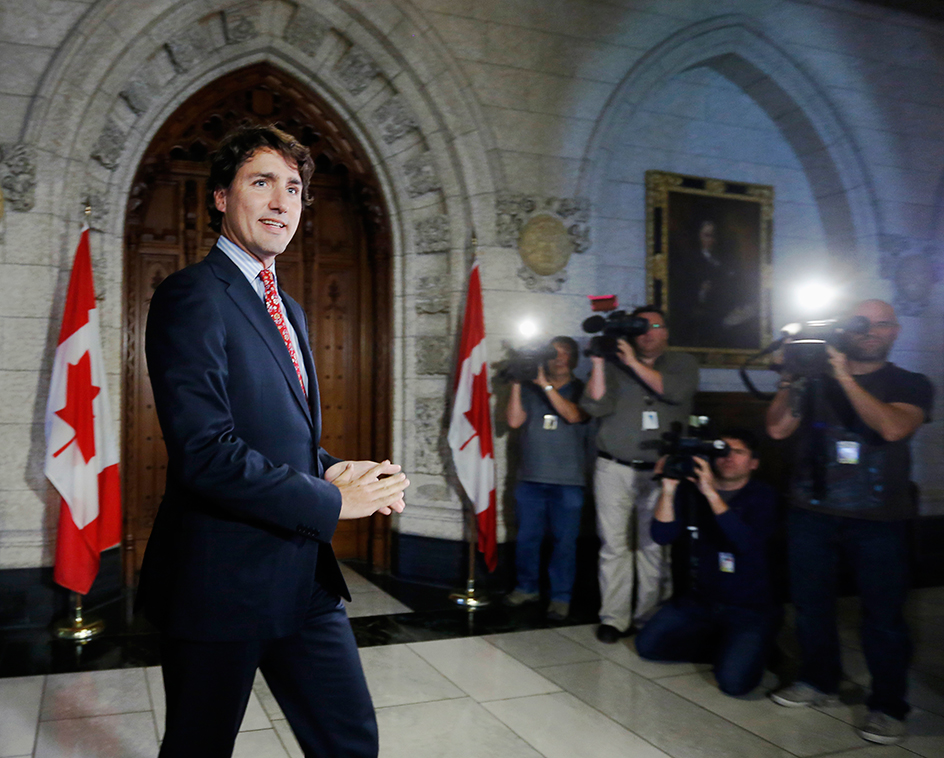Liberal Party of Canada is a Canadian political party at the national level. It maintains a close relationship with provincial Liberal parties. In general, it has supported national unity, cooperation between French- and English-speaking Canadians, and the expansion of social welfare programs. The Liberals have been called the “natural governing party” because historically they have played a dominant role in federal politics.
After the Dominion of Canada was formed in 1867, the Liberal-Conservative Party (later known as the Conservatives) gained control of the new country’s government. An alliance of reform groups who called themselves the Liberals became the opposition party. At first, internal divisions weakened the Liberals, and they governed only briefly, from 1873 to 1878. However, they went on to dominate Canadian politics in the 1900’s and produced many of Canada’s most significant prime ministers.

The administration of Wilfrid Laurier , who served as Liberal prime minister from 1896 to 1911, created a national navy and oversaw a referendum (public vote on an issue) on liquor prohibition. It also resolved a tense conflict over funding for religious education in Manitoba. Canada’s longest-serving prime minister, W. L. Mackenzie King (1921-1926, 1926-1930, 1935-1948), secured greater self-government for Canada, led the country through World War II (1939-1945), and created a number of social programs. His successor, Louis S. St. Laurent (1948-1957), was one of the chief architects of the North Atlantic Treaty Organization (NATO), a military alliance of Western nations. The Progressive Conservative Party defeated the Liberals in 1957.
Upon their return to office in 1963, the Liberals led Canada through fundamental change. The government of Lester B. Pearson (1963-1968) expanded social welfare programs, including medicare (tax-supported health care), and created Canada’s national maple leaf flag. Under Prime Minister Pierre Elliott Trudeau (1968-1979, 1980-1984), the government became officially bilingual. The Constitution Act of 1982 enabled Canada to change its constitution without British approval and enshrined Canadians’ rights and freedoms in the constitution. Trudeau strongly opposed separatists who wanted Quebec to split from Canada. He helped defeat them in a 1980 referendum. In 1995, the Liberal government of Jean Chrétien again faced the issue of separatism. That year, Quebecers narrowly voted in a referendum to remain part of Canada.

In the early 2000’s, the Liberal Party struggled with infighting, scandal, and leadership problems. Canadian Finance Minister Paul Martin in effect pushed Chrétien out office. He then served briefly as prime minister, from 2003 to 2006. Martin’s government faced a scandal after it was discovered that members of the previous Liberal government had funneled public money through advertising agencies and back to the Liberal party. The Conservative Party won control of the government in a 2006 federal general election.
Subsequent Liberal leaders Stéphane Dion and Michael Ignatieff led the party to poor election results. They were the first Liberal leaders since the 1800’s who did not become prime minister. In a 2011 federal general election, the Liberals placed third for the first time. Previously, they had placed first or second. The Liberals fared better under party leader Justin Trudeau , a son of Pierre Trudeau. They won federal general elections in 2015, when Justin Trudeau became prime minister, and in 2019 and 2021.

